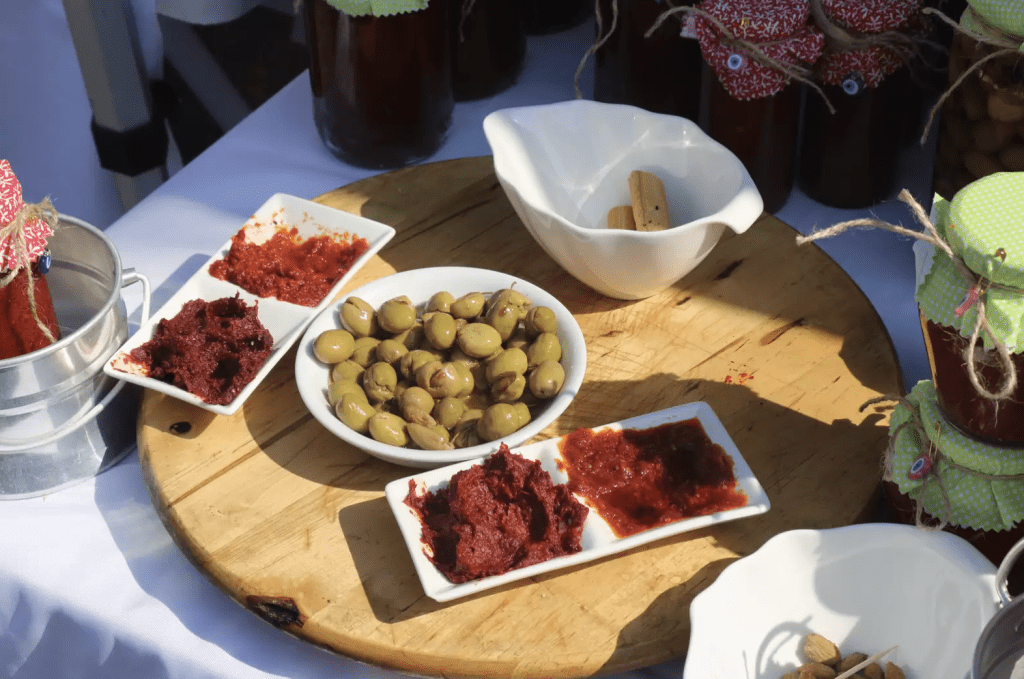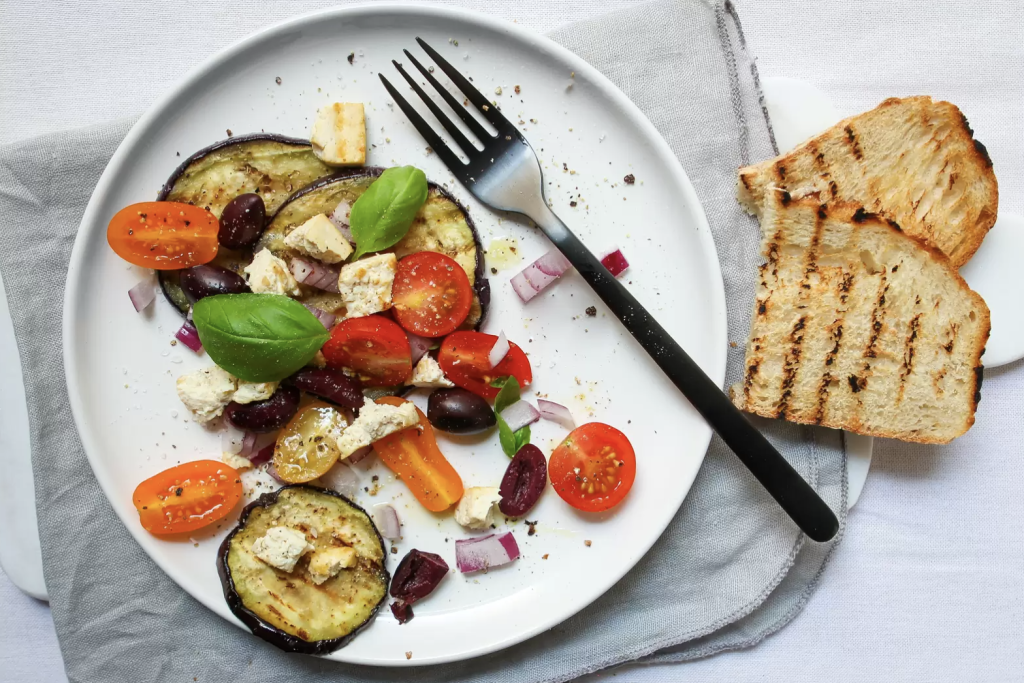Use for snacking, making cocktails and adding to recipes.

Olives – those beautiful, fat, greasy spheres of goodness – what would we do without them? We certainly wouldn’t taste them, soaking them in gin at the bottom of a martini, or fishing them out of a Bloody Mary in spicy and smooth tomato juice for a satisfying in-between cocktail.
Olives, in case you didn’t know, are a big deal for us, and they should be for you, too. To celebrate those pitted beauties and highlight the best types of snacking olives – from green to black and everything in between – we’ve created this handy guide. Use it to determine exactly which type of olive you want to add to your next aperitif.

Amfissa
Hand-picked in Delphi, Greece when very ripe, these olives are slowly brined for a mild flavor and buttery softness. They come in a variety of black and green hues and have a citrusy brightness that is perfect for sitting alongside feta on a mezze platter.
Alfonso
These giant purple olives grow in the foothills of the La Yarada Mountains in South America, brine cured and then soaked in red wine. They are often used to make arroz al olivar, a traditional Peruvian rice made with olives, garlic and chili peppers.
Beldi
These are hard-to-find dry-cured Moroccan olives that are exceptionally flavorful. On the savory side, they are an excellent addition to anchovy pizza or fennel salad.

Castelvetrano
These bright green olives come from their namesake town of Castelvetrano, Sicily, and have a fleshy, buttery pulp. Their mild flavor offers great versatility. Chop them up and serve them as a topping for meat, tossed into pasta, or in a martini.
Cerignola
Harvested in the Puglia region of Italy, they are particularly large and crunchy. Pair them with cured meats and hard cheeses, such as Parmesan. They are your first choice of appetizing olives.
Gaeta
These olives from the Puglia region are both tart and citrusy, either dry cured (wrinkled) or brine cured (plump). the Gaeta olives are perfect on their own and can also be used as a substitute for Kalamata olives.
Gordal
These plump and succulent olives from Andalusia, Spain, are versatile and quite mild. Standard table olives, served with snacks.

Halkidiki
Grown in the historic Macedonian region of Greece, they are brined for a delightfully tart and salty flavor and are large enough to be stuffed with sun-dried tomatoes, blue cheese or almonds.

Kalamata
The most popular Greek olives, usually preserved in red vinegar, red wine and/or olive oil. Classic Greek salad.
Lucques
Some people liken the flavor of these bright green French olives to that of avocados. They are firmer than most olives and, because of their intense flavor, can easily be paired with rosé or sweet white wines as an excellent choice for an aperitif.

Manzanilla
These famous olives are usually stuffed with bright red bell peppers and have a crisp, slightly smoky and nutty texture. You can add them to rice like picadillo or paella. These are also great in martinis or Bloody Marys.
Mission
These mild olives are native to California and are either fully ripe (black) or brine-ripened (green). This is the variety most commonly used in the California olive oil industry for cold pressed olive oil.
Nicoise
A perfect balance of herbs and bitterness, these olives are used in many classic southern French dishes, such as the tuna-based Nicoise salad.

Nyon
Slightly bitter, with soft, wrinkled flesh, these southern French olives are dry-cured and then aged in brine. Heat them as an appetizer or pulse them into a sauce.
Picholine
Crunchy and long, these green French olives have a tart, nutty flavor – similar to that of Granny Smith apples. Pair with Brie cheese or prosciutto.
Taggiasca
Also known as Ligurian olives, they are usually made with a blend of bay leaves, rosemary and thyme. These are great in any seafood dish or baked in Italian pancakes.
